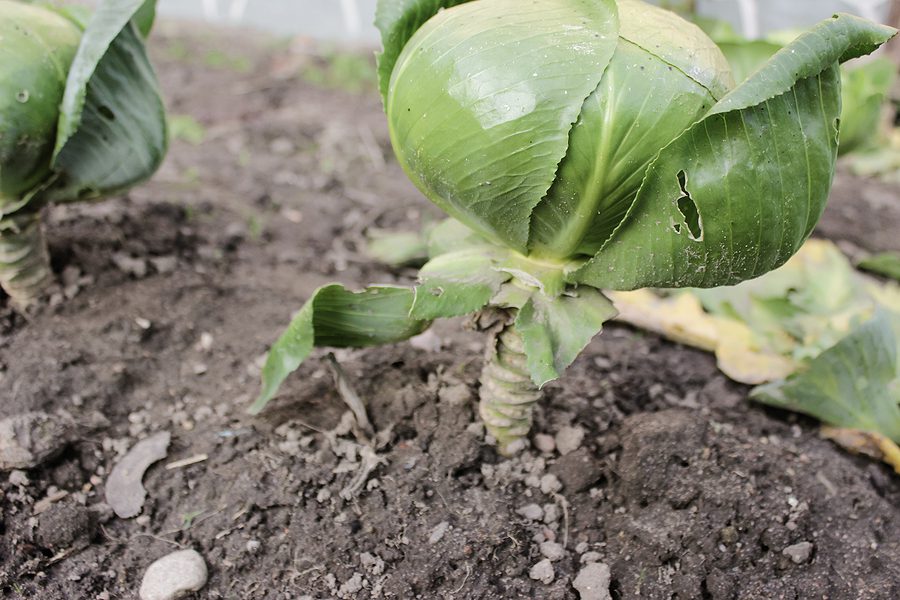Albuquerque Winter Gardening Success Tips You Need to Know

When it comes to winter gardening, one of the issues that are asked the most frequently is whether significant temperature shifts would cause damage or cause plants to die. In most cases, the response is negative. Plants have the genetic capacity to detect shifts in the surrounding atmosphere and adapt their growth in response. Although development and flowering are stimulated by mild winter temperatures, the pace of change and the time it takes to bloom are slowed down by cooler temperatures. When there are long stretches of warm weather in the spring, but then suddenly, there are countless nights where the temperature drops well below freezing; this is the time of year when plants are most susceptible.
How to take care of plants that produce flowers
The flowers of winter-flowering plants, such as camellias, plum, and cherry trees, are not as fortunate as the plants themselves when it comes to surviving severe winter freezes. A severe cold can harm the buds if it occurs while they are already swollen, and the plant is about to bloom. The damage can go undetected until the flowers open, at which point it will manifest itself as brown patches on the petals. There are also instances in which the entire bud will freeze and fall off the plant. When the flower has reached its full potential, it will either become a pale brown or fall to the ground.
Cover plants with buds and open flowers with an old sheet or a frost cover that can be purchased from a store. This will help you avoid the disappointment of having ugly blooms or losing them entirely. (You shouldn’t use plastic since the sun’s rays may quickly turn it into an oven if exposed to them.). You may also fool Mother Nature by clipping off the buds in advance of the frost and putting them indoors, where you can allow them to open up while they are protected from the elements. But, again, there is no need to provide a protective covering unless there is a possibility of a freeze occurring before the buds have set. The following is a list of things you should and should not do to ensure that your plants can endure severe freezes and that you can appreciate the flowers on the many gorgeous winter-flowering plants.
Albuquerque Winter Garden Yes’s
You should keep planting if the earth is still soft enough to drill a hole. Add mulch. It will assist in maintaining a constant temperature in the root zone. To that, add compost. It contributes organic matter and nutrients to the ground (no more than three inches thick). Water. Because a hard winter freeze prevents water from reaching the root zone of plants, it is important to water plants in advance of a predicted freeze. This is especially important for annuals and potted plants. This allows the plants to take in moisture before the ground freezes, which would otherwise prevent this. Be sure to water the shoots that are growing above the earth in addition to the roots.
Give container plants extra protection. Cover with frost cloth or another type of blanket that can retain heat, and place pots and other containers closer to the foundation of the house or under the roof’s eaves. Bring some plants for the house. To eliminate hitchhiking pests, spray both sides of the leaves with an insecticidal soap and water solution. Then, drench the leaves thoroughly with an insecticidal drench that is harmless to people and animals. At least five hours a day of indirect, intense light should be provided to houseplants. Thus, it is essential to position them appropriately. Because most houseplants do not actively grow throughout the winter, it is necessary to water them sparingly and keep them away from draughts and heating vents.
Albuquerque Winter Garden No’s No’s
During the Albuquerque winter, fertilization, dormancy, and relaxation are necessary for Albuquerque gardening plants during this time of year. However, suppose you force them to start new growth before the earth warms up in the spring. In that case, you will not only disturb the time they are regenerating themselves but also put the sensitive new growth at risk of being killed by ice storms, temperatures below freezing, or even severe frosts. You can skip your typical watering schedule. However, thorough watering once a week is good during dry seasons when the ground is not frozen or covered with snow. This is the case in most climates. Particular attention must be paid to watering newly planted trees and shrubs. Be concerned about the bulb’s foliage. The leaves of spring-flowering bulbs like daffodils and other bulbs that bloom in spring should be healthy even if the temperature drops.
